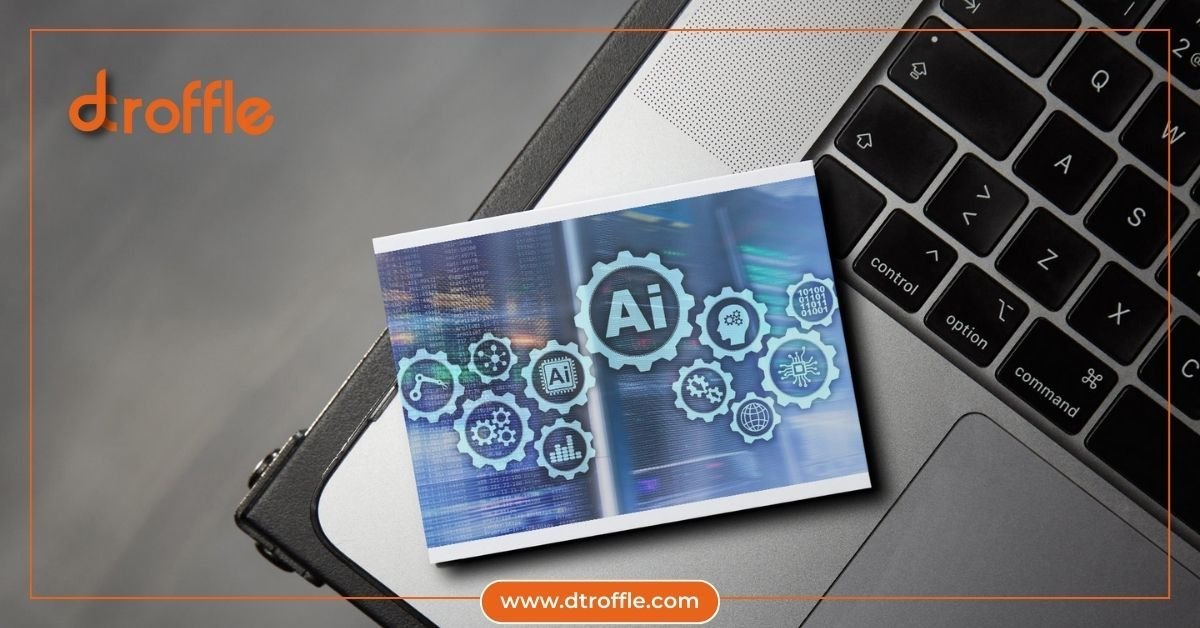Micro-Influencer Marketing: In a world dominated by likes and follows, the biggest names aren’t always the most influential. Enter micro-influencers everyday content creators with 1,000 to 100,000 followers who are redefining what it means to connect with audiences online.Unlike traditional celebrity influencers, micro-influencers thrive in niche communities. They bring real engagement, authentic storytelling, and higher conversion potential making them a secret weapon for modern digital marketers.
What Are Micro-Influencers?
Micro-influencers are social media personalities who have built a loyal and engaged following within a specific niche, such as fitness, fashion, travel, or tech. Unlike celebrity influencers, they create content that resonates deeply with their audience, leading to higher trust and interaction rates.Why do they matter?Because trust drives conversions and people trust relatable voices more than polished celebrities.
Final Thoughts About Micro-Influencer Marketing
In 2025, small is mighty. Micro-influencers bring relatability, loyalty, and real conversations to your brand and that’s where marketing magic happens.
Ready to amplify your marketing through strategic influencer collaborations? Explore our Influencer Marketing Services.
Frequently Asked Questions
Q. Are micro-influencers more effective than celebrity influencers?
Yes, in most cases. They have more engaged audiences, lower costs, and higher ROI per campaign.
Q. How much does it cost to work with a micro-influencer?
It varies by niche and follower count, but it can range from ₹2,000 to ₹25,000 per post, depending on content format and platform.
Q. Which platform is best for micro-influencer marketing?
Instagram and YouTube are top performers, but don’t ignore emerging platforms like Threads and niche-specific blogs.
Q. How can I find the right micro-influencers for my business?
Use tools like Heepsy, Upfluence, or simply manual search on Instagram/LinkedIn. Look for niche fit, real engagement, and content relevance.
Q. What industries benefit most from micro-influencers?
Lifestyle, fitness, food, skincare, fashion, and SaaS brands see the most success, but any niche with a passionate audience can win.
Also Read:





